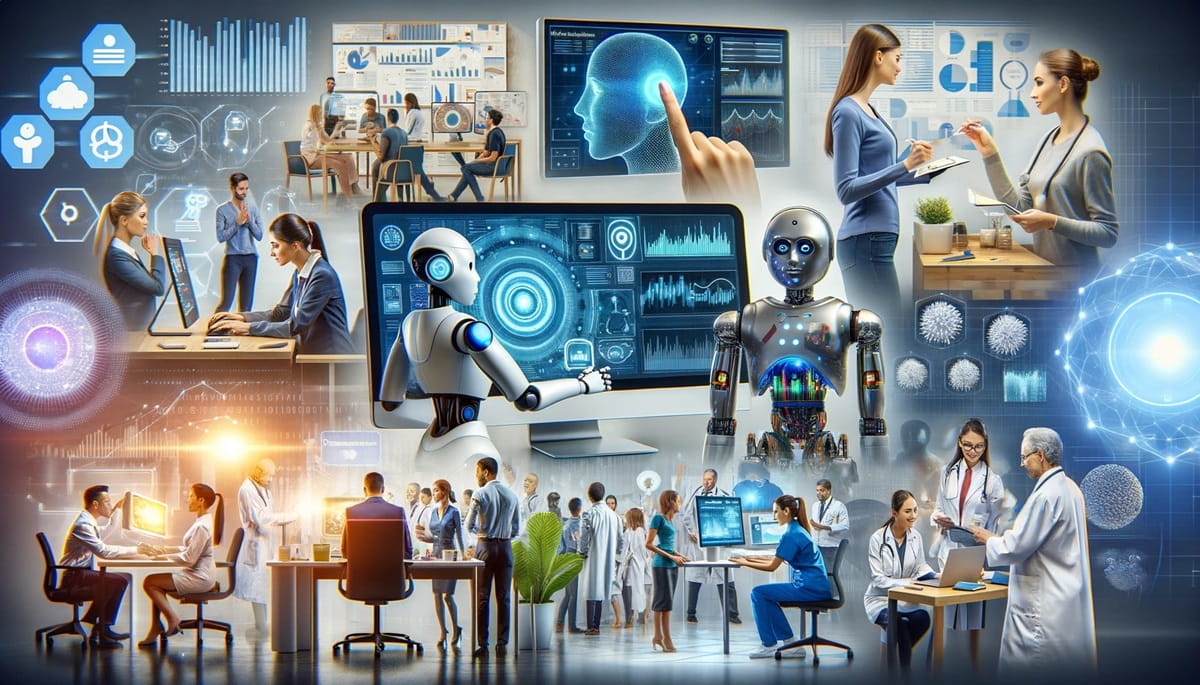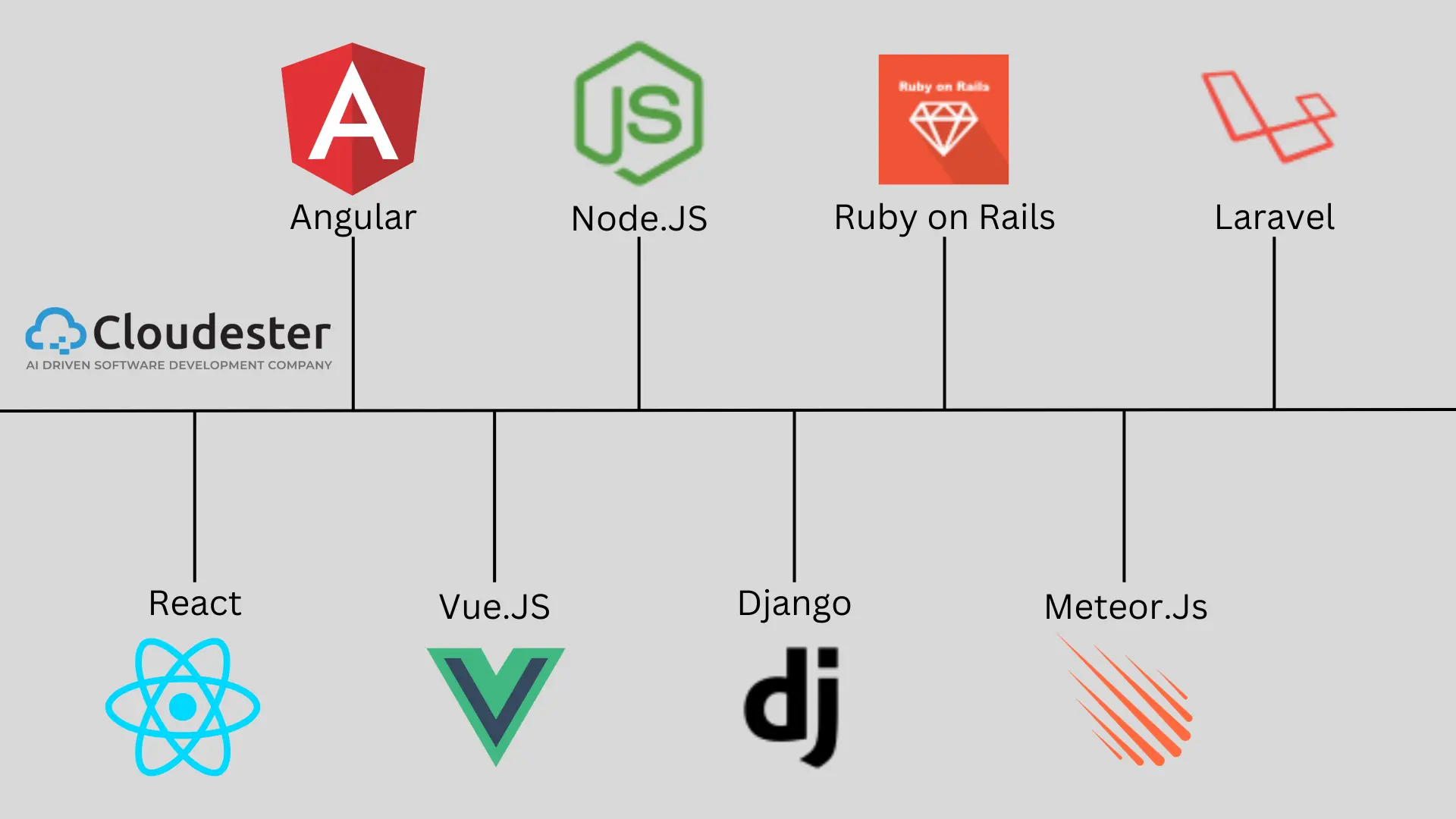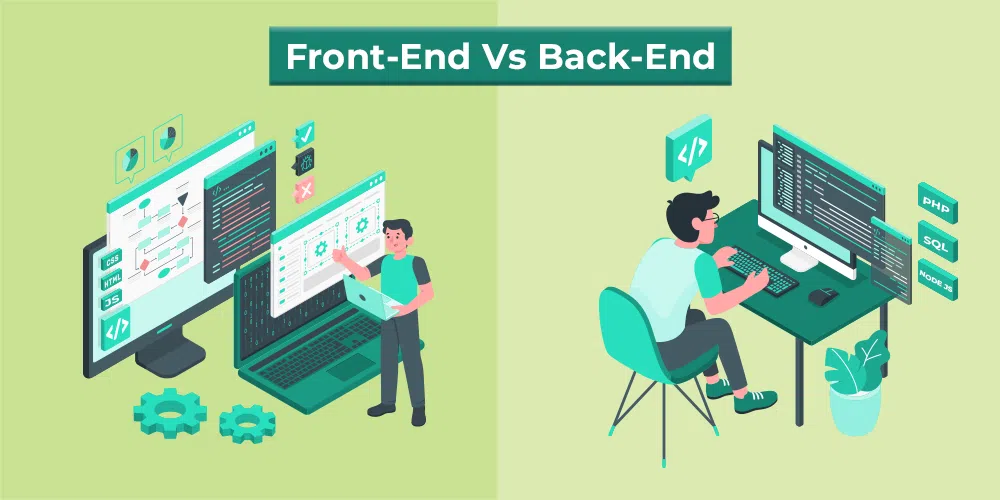Artificial Intelligence (AI) and automation are no longer futuristic ideas—they are active forces reshaping workplaces around the world. From manufacturing floors to corporate offices, AI-powered systems and automation tools are streamlining tasks, enhancing productivity, and revolutionizing job roles. But with innovation comes disruption. As machines grow smarter, many are asking: what does this mean for human jobs?
Understanding AI and Automation
AI refers to computer systems designed to mimic human intelligence. These systems can perform tasks such as problem-solving, learning, planning, and understanding language. Automation, on the other hand, involves using technology to perform repetitive or rule-based tasks with minimal human intervention. Together, AI and automation have the power to take over routine processes and even make decisions.
Examples include:
Chatbots handling customer service queries.
Machine learning algorithms optimizing supply chains.
Robotic arms assembling products in factories.
AI tools screening resumes and scheduling interviews.
How AI and Automation Are Changing the Workplace
1. Improved Efficiency and Productivity
One of the most significant benefits is efficiency. AI can analyze large datasets faster than humans, draw insights, and make recommendations in real time. Automation tools reduce human error, speed up operations, and free up employees to focus on more strategic or creative tasks.
2. Enhanced Decision-Making
With the help of predictive analytics and AI-driven insights, companies are making faster and more informed decisions. For example, in finance, AI systems detect fraud, assess credit risks, and provide investment advice. In healthcare, AI supports diagnostics by analyzing scans more accurately than ever before.
3. Human-AI Collaboration
Rather than replacing humans entirely, AI is often used to augment human abilities. In marketing, for instance, AI analyzes customer behavior, but it still takes human creativity to craft engaging content. This combination of human insight and machine intelligence is known as augmented intelligence.
4. Flexible Work Environments
Automation and AI-powered tools have enabled remote work, real-time collaboration, and flexible scheduling. Tools like Zoom, Slack, and AI-driven task managers have transformed how teams communicate and operate from different parts of the world.
Industries Most Affected by AI and Automation
Manufacturing: Automated machinery has replaced many manual jobs, but it has also created roles in robotics maintenance and programming.
Healthcare: AI is being used for diagnostics, personalized treatments, and administrative automation.
Finance: Robo-advisors, fraud detection, and AI in trading have reshaped how financial services are delivered.
Retail: Inventory management, customer service chatbots, and AI-driven recommendations are streamlining operations.
Transportation: Autonomous vehicles and logistics optimization tools are transforming supply chains.
Benefits for Businesses
Cost Reduction: Less reliance on manual labor for repetitive tasks reduces operational costs.
Scalability: Businesses can handle more customers and data without proportionally increasing resources.
24/7 Operation: Unlike humans, AI systems don’t need sleep or breaks, making round-the-clock support possible.
Competitive Edge: Early adoption of AI tools can place businesses ahead of their competitors in speed and innovation.
Challenges and Risks
Despite the advantages, the adoption of AI and automation raises concerns:
1. Job Displacement
One of the biggest fears is that machines will replace human jobs. According to a 2023 report by McKinsey, nearly 800 million jobs globally could be automated by 2030. However, many experts argue that while some jobs will be lost, others will be created—especially in AI development, data analysis, cybersecurity, and tech support.
2. Data Privacy and Security
AI systems rely on large amounts of data. Ensuring that this data is collected, stored, and used ethically is crucial. Breaches or misuse can lead to serious consequences.
3. Bias in AI
AI systems learn from historical data. If that data is biased, the AI system will replicate and even amplify those biases. For example, if an AI recruitment tool is trained on resumes from a male-dominated industry, it may unintentionally favor male candidates.
4. High Implementation Costs
Small businesses may find it hard to invest in AI tools and automation, which can create a gap between large enterprises and smaller firms.
Preparing for the Future
1. Upskilling the Workforce
Governments and companies must invest in training programs to help workers transition into new roles. Skills like coding, data analysis, digital marketing, emotional intelligence, and adaptability will be increasingly valuable.
2. Ethical AI Development
Developers and tech companies must prioritize fairness, transparency, and accountability in AI systems. Regulatory frameworks are essential to ensure ethical usage.
3. Human-Centric Design
Technology should be designed to assist and empower people, not replace them. User-friendly interfaces and inclusive design are vital to success.
4. Cross-Sector Collaboration
Policymakers, educational institutions, industries, and tech companies must collaborate to shape the future of work that benefits everyone.
Conclusion
AI and automation are revolutionizing the way we work—changing job roles, business strategies, and even workplace culture. While challenges such as job displacement and data privacy must be addressed, the opportunities are equally vast. By embracing change, investing in people, and using technology responsibly, businesses and societies can unlock a more efficient, innovative, and inclusive future of work.













Recent Comments
No comments yet.